Today’s destination was Genoa, some 140 km further along the coast. After yesterday’s driving challenges the only sensible thing seemed to be to take the motorway. A short climb out of San Remo got me up to it. It is an amazing feat of engineering : it is a good two lane motorway(although with no hard shoulder)ploughing an almost horizontal route through a multitude of mountain ridges, all running down to the sea, by using tunnels through each of the ridges, and viaducts crossing the valleys in between. I lost count, but there were maybe a hundred or so of each in the first 100km,at which point the land had levelled a bit and the motorway began to get closer to the sea. It was a drizzly breezy morning and although the road was good, and quite empty(Sunday morning)there was an unpleasant cross -wind affecting all the viaduct sections which took a bit of concentration to anticipate as you popped out of each tunnel to meet it again.
I made good time: the motorway toll for this stretch was 17 Euro, so the cost is similar to France, but probably worth it. I had identified the campsite closest to the centre of Genoa, 'Campeggio Villa Doria'.This is a small family-run place in the suburb of Pegli, 6 miles along the coast to the north of the city centre, and located in part of what was the garden of Villa Doria. I presume this is connected with the Doria family, Genoese nobles, of whom the most famous is admiral Andrea Doria , who commanded the fleet of the Holy Roman empire in the 16th century, and is one of Italy’s “Nelson“ figures. At the campsite I had the honour of being the first guest of the year, as they were only opening that day ,and was showered with all sorts of tourist leaflets and timetables pulled from boxes the receptionist was busy opening.Then I walked down the hill 500 yards and I caught the bus into the city centre. I had first tried to get a suburban train, as advised by the campsite receptionist, but arriving at the station ,the departure board showed all the suitable trains for the next couple of hours were all listed as SOPP, Italian for 'cancelled without warning', apparently a fairly common occurrence.
I made good time: the motorway toll for this stretch was 17 Euro, so the cost is similar to France, but probably worth it. I had identified the campsite closest to the centre of Genoa, 'Campeggio Villa Doria'.This is a small family-run place in the suburb of Pegli, 6 miles along the coast to the north of the city centre, and located in part of what was the garden of Villa Doria. I presume this is connected with the Doria family, Genoese nobles, of whom the most famous is admiral Andrea Doria , who commanded the fleet of the Holy Roman empire in the 16th century, and is one of Italy’s “Nelson“ figures. At the campsite I had the honour of being the first guest of the year, as they were only opening that day ,and was showered with all sorts of tourist leaflets and timetables pulled from boxes the receptionist was busy opening.Then I walked down the hill 500 yards and I caught the bus into the city centre. I had first tried to get a suburban train, as advised by the campsite receptionist, but arriving at the station ,the departure board showed all the suitable trains for the next couple of hours were all listed as SOPP, Italian for 'cancelled without warning', apparently a fairly common occurrence.
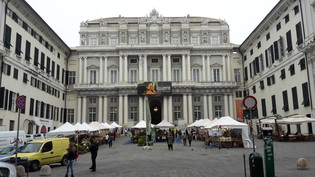 The Ducal palace
The Ducal palace On the journey into town I was glad to find that I’m not the only person around here having navigation difficulties. As we approached the city centre, after having negotiated a couple of roundabouts, the bus started heading out of town again, and following our route on Google maps so as to know when to get off, I had a moment of concern. But immediately there were howls of protest from the passengers, then ironic applause when the driver managed to turn round after a quarter of a mile and head back the correct way.
There is a lot to see in Genoa. It has a rich history as a maritime trading and sea power whose fortunes waxed and waned over centuries, mirroring the fortunes of their rivals the Venetians. In the end they kept going longer than the Venetians, having the advantage of a base nearer to the newly discovered Americas (Columbus was Genoese !)In more modern times it was the main base for the Italian navy, before that was moved to La Spezia, but Genoa is still a huge active port but with an intact historic centre. I set out to see Unesco’s listing of “The Strade Nuove, and the system of the Palazzi dei Rolli”. Basically, in the late 16th and early 17th centuries, when the city was at the peak of its powers, the city authorities parcelled out several “New Streets” of urban development which resulted in several streets lined with Renaissance and Baroque palaces ,built by nobles,who all had to take it in turns to entertain visiting dignitaries, each family owning a palace being called on by rota to host state visits of an appropriate status to their particular palace.
There is a lot to see in Genoa. It has a rich history as a maritime trading and sea power whose fortunes waxed and waned over centuries, mirroring the fortunes of their rivals the Venetians. In the end they kept going longer than the Venetians, having the advantage of a base nearer to the newly discovered Americas (Columbus was Genoese !)In more modern times it was the main base for the Italian navy, before that was moved to La Spezia, but Genoa is still a huge active port but with an intact historic centre. I set out to see Unesco’s listing of “The Strade Nuove, and the system of the Palazzi dei Rolli”. Basically, in the late 16th and early 17th centuries, when the city was at the peak of its powers, the city authorities parcelled out several “New Streets” of urban development which resulted in several streets lined with Renaissance and Baroque palaces ,built by nobles,who all had to take it in turns to entertain visiting dignitaries, each family owning a palace being called on by rota to host state visits of an appropriate status to their particular palace.
Despite its illustrious history, Genoa still has its rough side,as you would expect from Italy’s biggest port. The streets with the Palazzi were some 200-500 yards from the wide open space of the harbour front, which was full of families visiting the maritime museum and the huge aquarium, and the modern restaurants in the warehouse conversions, a bit like Bristol’s Millennium Square. In the space in between, however, is the old town, a maze of alleys and lanes, some busier than others, and finding myself at times in some of the quieter, darker ones I felt distinctly nervous. Here, there were what were obviously prostitutes in doorways, and shifty looking individuals , and I made haste to reach busier thoroughfares.
I quote from the Lonely Planet guide which I think says it better than I could :“Deep in the maze of the gritty old town, beauty and the beast sit side by side in streets that glimmer like a film noir movie set. Old men smoke languidly outside noisy bars and prostitutes stand like sentries in dark doorways, while on the periphery memories of the great years echo through the gold-leaf halls of the Unesco-sponsored Palazzi dei Rolli – a myriad collection of 16th- and 17th-century lodging palaces.”
After a good walk round all of this, I returned to the busy harbour-front and had what turned out to be a really excellent Fritto misto for lunch in a little restaurant .
I quote from the Lonely Planet guide which I think says it better than I could :“Deep in the maze of the gritty old town, beauty and the beast sit side by side in streets that glimmer like a film noir movie set. Old men smoke languidly outside noisy bars and prostitutes stand like sentries in dark doorways, while on the periphery memories of the great years echo through the gold-leaf halls of the Unesco-sponsored Palazzi dei Rolli – a myriad collection of 16th- and 17th-century lodging palaces.”
After a good walk round all of this, I returned to the busy harbour-front and had what turned out to be a really excellent Fritto misto for lunch in a little restaurant .
After lunch I managed to fit in a visit to one of my favourite types of place, the Genoa maritime museum, which gave a fairly good run through the story of Genoese sea power, and included a full size reconstruction of a war galley, as well as a solid celebration of the city's famous son Christopher Columbus
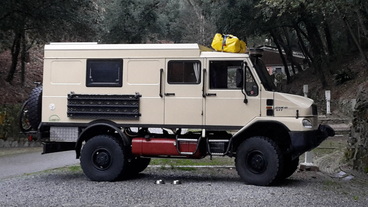
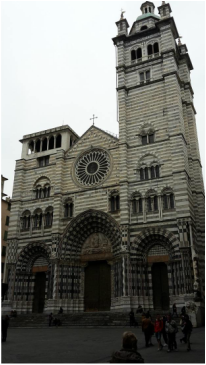
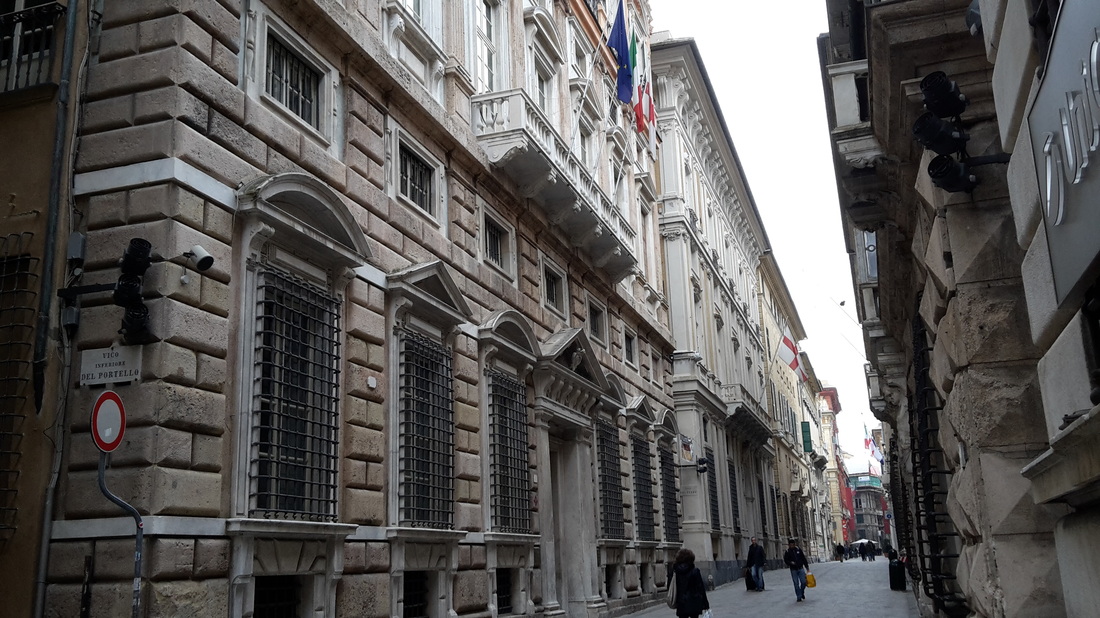
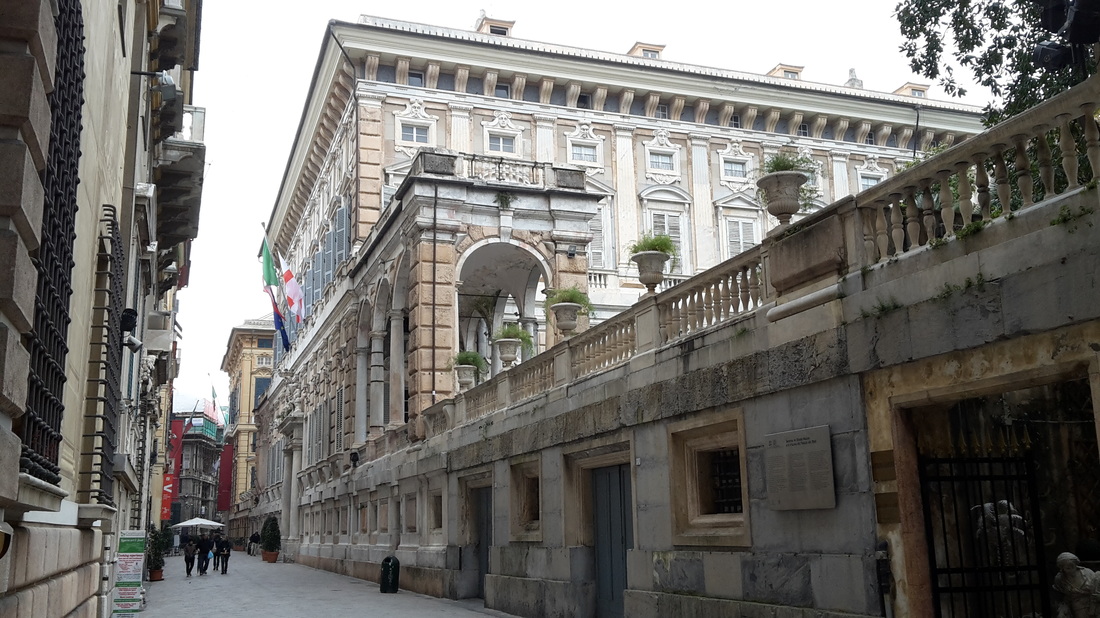
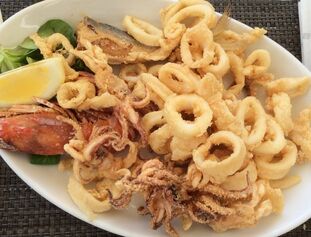
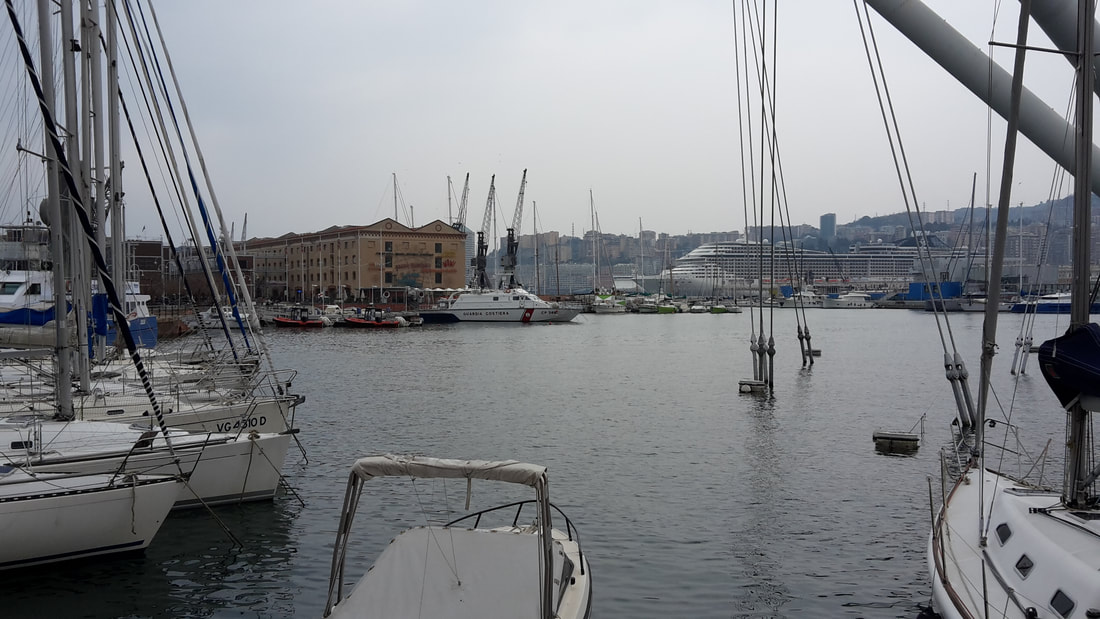
 RSS Feed
RSS Feed